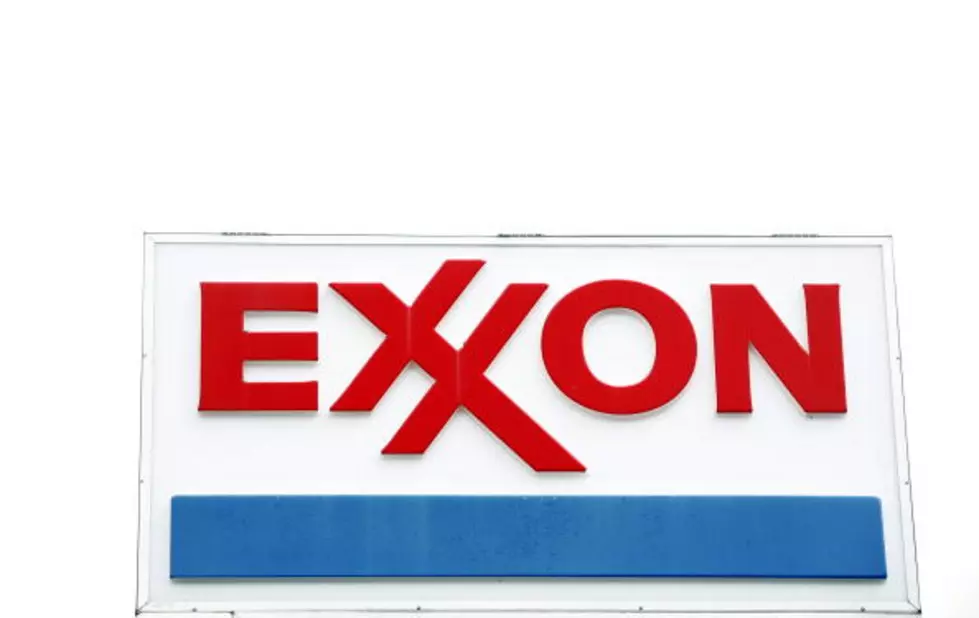
Pipeline Rules Adopted Years After Deadly Explosion, Spills
BILLINGS, Mont. (AP) — U.S. transportation officials on Tuesday adopted long-delayed measures that are meant to prevent pipeline spills and deadly gas explosions but don’t address recommended steps to lessen accidents once they occur.
The new rules from the Department of Transportation apply to more than 500,000 miles of pipelines that carry natural gas, oil and other hazardous materials throughout the U.S.
In the works for almost a decade, the rules came in response to a massive gas explosion in San Bruno, California, that killed eight people in 2010, and large oil spills into Michigan’s Kalamazoo River in 2010 and the Yellowstone River in Montana in 2011 and 2015.
The rules require companies to more closely inspect underground pipelines, including in rural areas and after catastrophic weather events. They also require better record-keeping so companies can monitor lines in some cases installed decades ago.
Left unaddressed were longstanding recommendations by safety officials to install valves that automatically shut down pipelines following accidents. Also absent were requirements for more advanced systems to detect pipeline ruptures.
Those issues were being addressed through a separate, ongoing rule-making process.
U.S. Rep. Peter DeFazio, chairman of the House transportation committee, said Tuesday’s rules were a step in the right direction. But the Oregon Democrat added that he was frustrated over “critical safety gaps” that remain in areas including leak detection technology and shut-off valves, which were mandated under pipeline safety legislation signed into law in 2011.
“I hope the administration will move quickly on these rulemakings to ensure our nation’s pipeline systems operate safely,” DeFazio said.
More From KBUL NEWS TALK 970 AM & 103.3 FM


![New Trial Requested For Convicted Murderer – State Headlines [YouTube]](http://townsquare.media/site/119/files/2015/01/Markus-Kaarma-found-guilty-1-1.jpg?w=980&q=75)

![Pipeline Breach Fouls Yellowstone River Near Glendive – State Headlines [YouTube]](http://townsquare.media/site/119/files/2015/01/Steve-Bullock.jpg?w=980&q=75)



